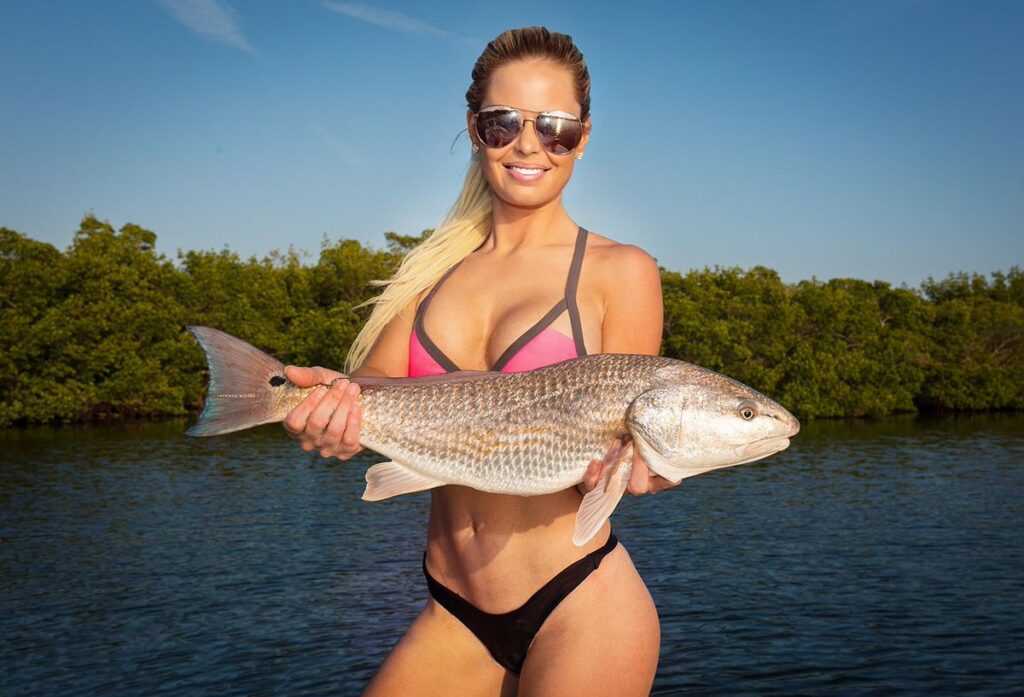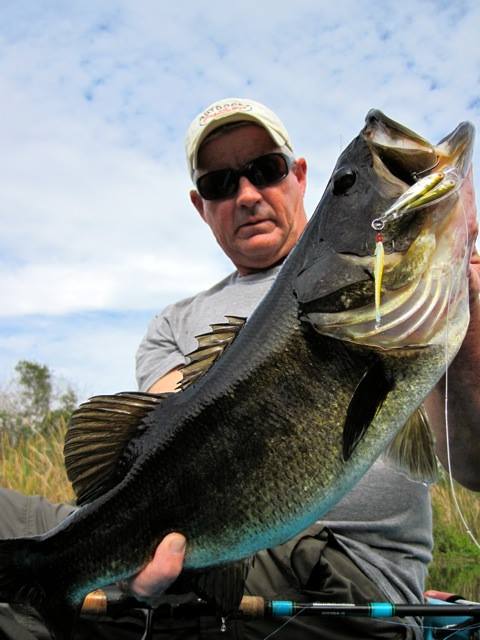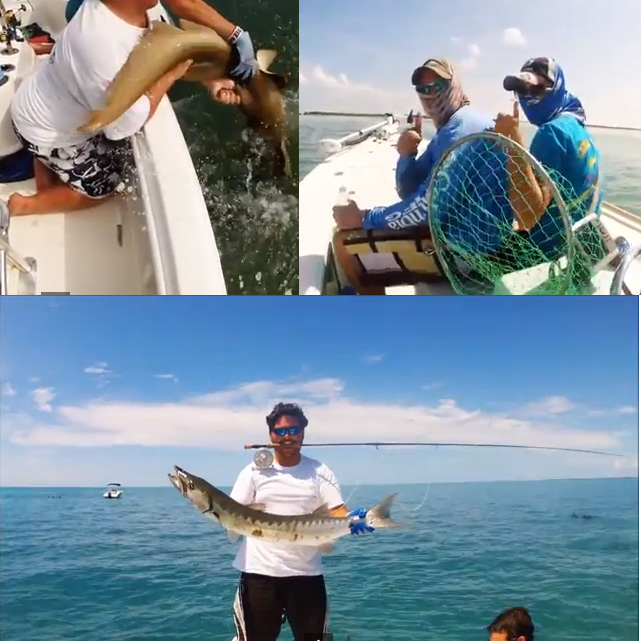The Carolina Rig got it’s fame from the freshwater, bass fishing world and quickly crossed over to catch saltwater fish with the same consistency. In the freshwater world, Bass fisherman typically use artifical bait such as a swimbait or crawfish. This is an excellent tool for reaching deeper water and keeping bait off the bottom where it is likely to get snagged on a rock. For saltwater fish, the Carolina rig is an excellent way to get live shrimp or baitfish deep where the fish are holed up.
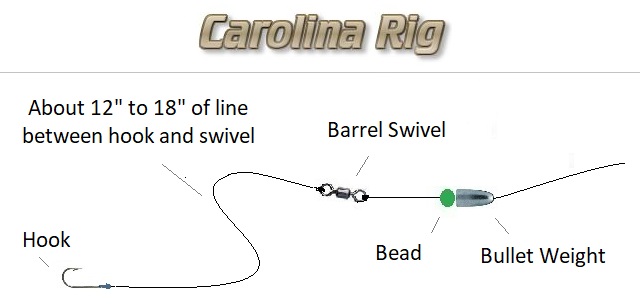
The Carolina rig is a close cousin to a Texas rig. The Texas rig has the weight slide down directly to the hook (can produce snags on a rocky bottom) where the Carolina Rig weight is fixed above a swivel and attaches a leader to the regular fishing line.
The rig really is very easy to rig, click here for instructions to making a carolina rig or use the graphic above as a guide.
The Carolina rig is without a doubt one of the simplest techniques to fish bridges, causeways and similar structure with live or freshly dead bait. Bridges feature columns and rubble underneath that fish find irresistible for many reasons. These areas collect baitfish using the rubble to hide and target species such as snook, redfish or mangrove snapper also enjoy the cover from larger predators.
On a heavy tide current these fish will face the direction the water is coming (important for placement of the rig) and often will tuck behind large rocks or pillars to provides some relief when the tide really starts to move. When casting to saltwater fish, try to visualize where the fish are and try to get your bait in front of the saltwater fish. This is upstream of where the fish are facing when the tide is moving depending on the tide current. Too often, beginners cast behind the fish during an incoming our outgoing tide. Find a good tide chart app to time your fishing to water movement. Tides create a fish buffet and you’ll really increase your chances of catching fish with the water moving during a high or low tide.

Live or dead shrimp, mullet, pinfish or croaker make great live bait choices for this rig. The hook & leader swing freely in the current creating it’s own action which is why if you are forced to use dead shrimp it can create enough action to look “alive”. Use the lightest possible weight to get your bait to the bottom. The weight of the sinker should be dictated by the amount of tide, the heavier the tide flow, the heavier the weight.

For live bait such as mullet we’d recommend or 4/0 or 5/0 circle hook. A 20 pound leader (the part attaching the hook to the swivel) cut no less than 12″ and no longer than 18″ (can produce snags if too long) is plenty for most fishing. If you are fishing in South Florida, you may wish to up that to 30 lb. test if you know large Bull Redfish or Snook are in the area.
If you are targeting the delicious sheepshead, think smaller and use fiddler crab, pieces of shrimp or oyster strips. A 1/0 hook is plenty with a 1-ounce egg sinker to start.
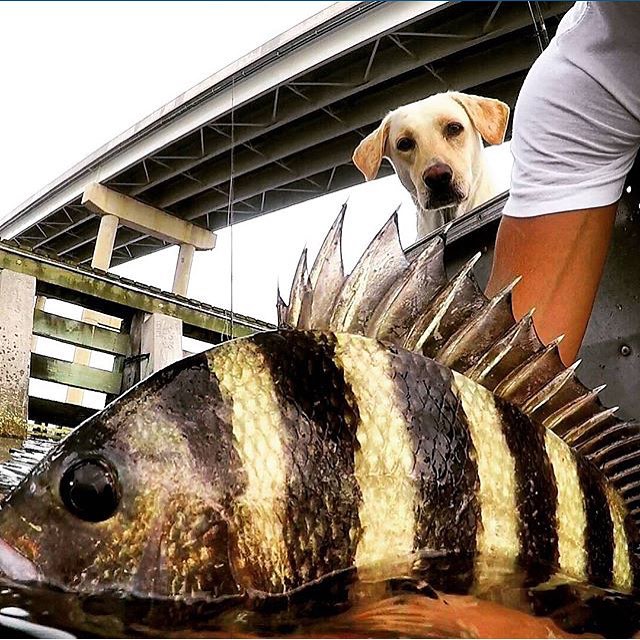
If you are looking to use artificial, Redfish are more likely to fall victim to a nice plastic swimbait attached to a heavy jighead. Remove the weight associated with the Carolina rig and then bounce the jighead off the bottom. This technique is better where the bridge or structure has a sandy bottom as I’ll guarantee you will snag a rock at least once on rocky structure.
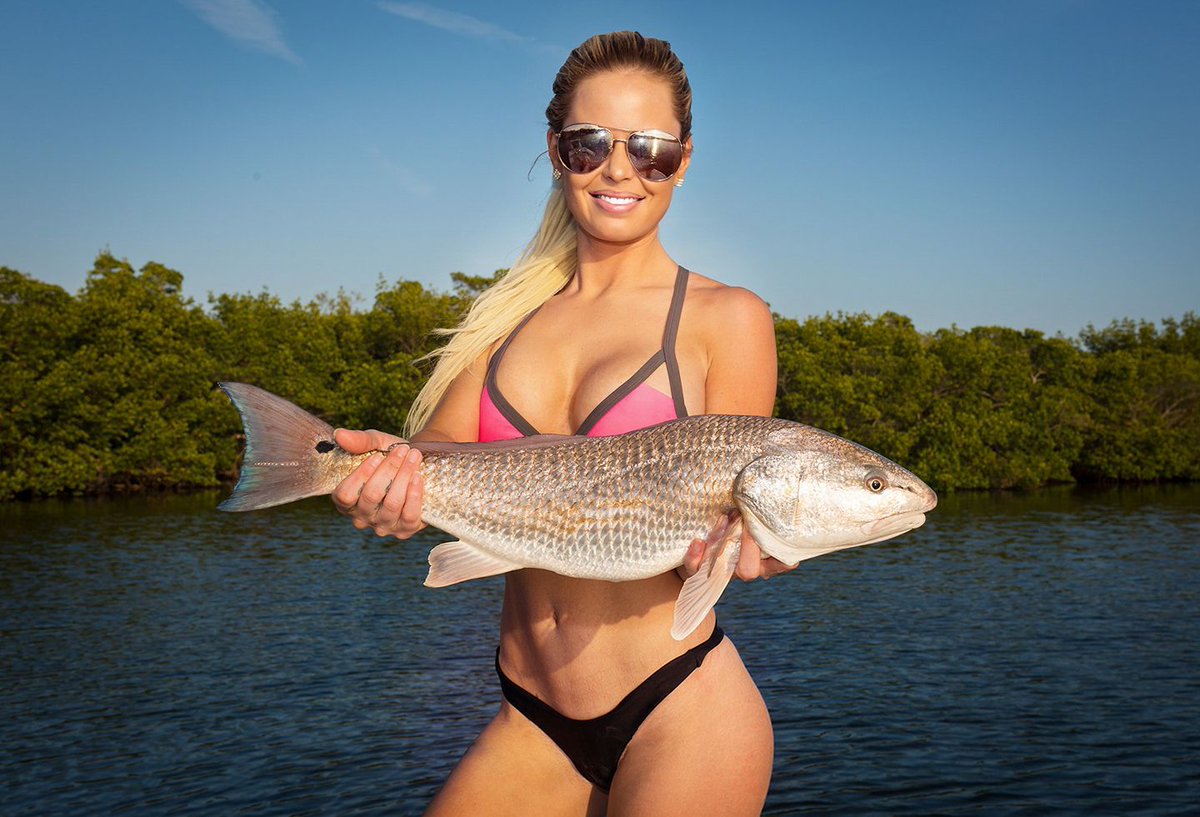
Best of luck and don’t forget to #SkiffLife on your social media catches for a feature!

